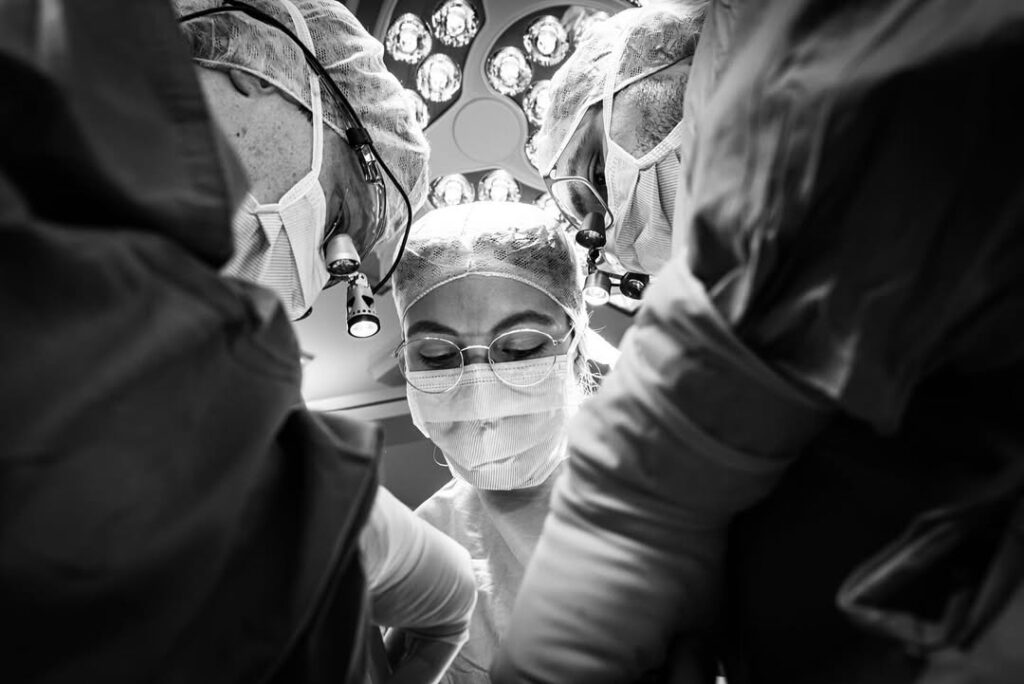
Last week, a patient came to my clinic with pain and a tingling feeling in the lower left side near the canine–premolar area.
✅ On checking inside the mouth → No cavity was visible.
✅ We took a regular X-ray → Still couldn’t see anything clearly.
To obtain a more precise diagnosis, we advised a CBCT scan of the concerned region.
📄 The CBCT report revealed craze lines extending up to the cervical third of the root on the 34 tooth — something a normal X-ray couldn’t detect!
💬 What does “cervical third of the root” mean?
It’s the upper part of the tooth root, close to where the tooth meets the gums. If this area gets tiny cracks, it can cause pain and sensitivity — but these cracks are almost invisible without advanced scans like CBCT.
Clinical Significance:
• CBCT provides a three-dimensional view of the tooth and surrounding structures.
• It helps detect microfractures, craze lines, and structural defects that conventional radiographs may overlook.
• Enables targeted treatment planning, avoiding unnecessary interventions.
Conclusion:
This case reinforces how advanced imaging tools like CBCT are not just optional but often essential for accurate diagnosis and optimal patient care.